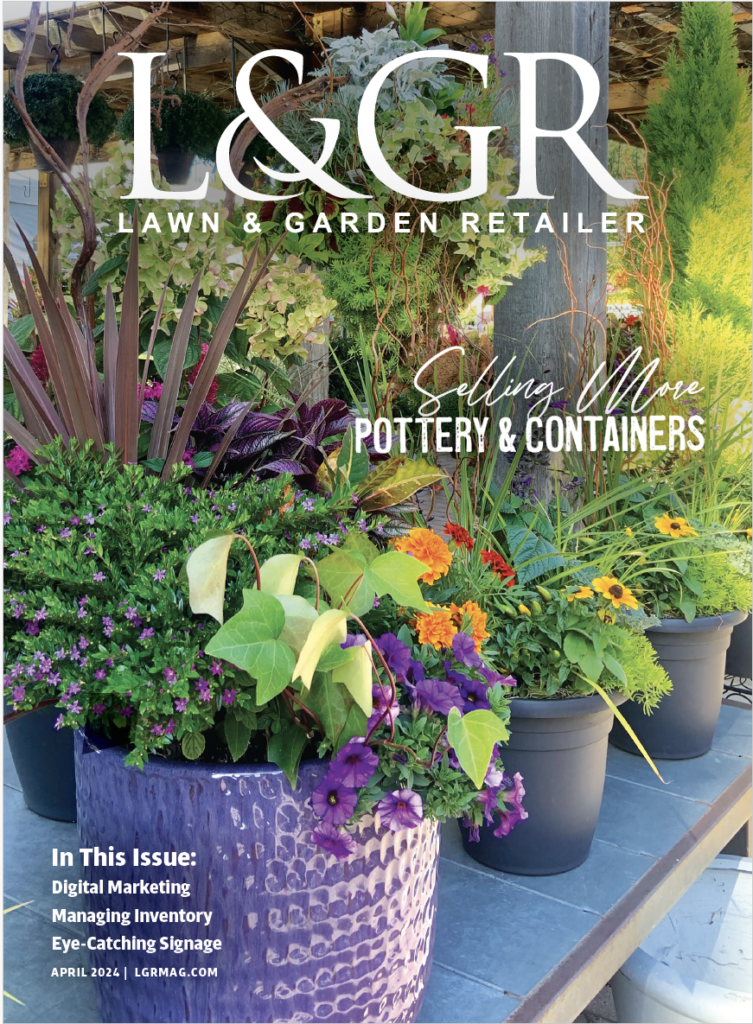Sautéing for Success
Each weekend, walking through the farm-fresh produce at Washington, D.C.’s historic Eastern Market, the same thought would run through my mind:
“If people knew why these products were so special and what they could do with them, they would buy more (at higher prices) and have a better experience at home.”
Sound familiar? I blame it on growing up in a family garden center business.
I finally made the mistake of saying it out loud, and, for the past two years, I have spent every Saturday giving live cooking demonstrations, complete with free samples and free recipe cards.
With the dramatic and continued growth of sales in edible plants, the lessons I’ve learned standing in front of my audience each week are as applicable at the garden center as they are at the farm market.
Nothing is Too Simple
Last spring I served up strawberries and cream, whipped with a bit of mint and sugar. Delicious, sure, but in complexity, it ranked right up there with
a mixed container of geraniums and dracena, spiced up with a little Dusty Miller. It’s far too simple, I thought, to type up a recipe card.
I was dead wrong. People watched, rapt with attention, while I hand- whipped cream. They wanted precise measurements for the splash of pomegranate vinegar and pinch of sugar I tossed with the strawberries.
Nothing is too simple. If you haven’t done it before, combining ingredients looks like alchemy and when the outcome is gold, your audience is convinced it requires magic.
So, tell them how to use your plants, no matter how simply, and they’ll pay to bring them home.
Failure is an Option
At 24 years old, I took over cooking Christmas dinner from my mother. The third year in, I completely mistimed the meal, and we finally ate at 11:30 p.m. The following year I set the table on fire. Yet, they still let me keep cooking.
I often tell my audience that failure is an option. In fact, at some point, it’s guaranteed. But, no matter how badly it goes, you can always bounce back. Our customers need to know this with food and with gardening. Failure isn’t a reason to walk away. It’s a step on the way to success.
Skip to the Last Page
Every week, someone will voice just how much he or she hates a given vegetable or herb I’m cooking with. But once they taste the finished dish, they confide, “This is delicious. I never knew I liked (insert your least favorite edible here).”
Week after week, I convince people to buy asparagus, zucchini, broccoli and Brussels sprouts through the simple act of skipping right to the delicious end of the story.
Edible or ornamental, plants are no different. Once a consumer buys into the final result, they’re ready to replicate the experience whether a dish or a container combination at home, right after they spend money on all the ingredients.
Make Holes
Shortly after the owner of Sapore Oil & Vinegar, which is located near the market, asked me to promote the flavored oils and vinegars she sold, I realized her biggest challenge wasn’t selling each bottle, it was getting her customers to empty it.
Look in the mirror. You don’t reorder plants until there are big gaps on the benches or a hot new introduction you’ve simply got to have. Your customers shop the same way.
Give them a new basil recipe each week and they’ll keep coming back to buy more plants. Tell them why each heirloom tomato, or new Echinacea is distinct, sexy and special, and they’ll buy more than one.
Season to Taste
There are three words at the end of every single recipe: season to taste. Most of us were taught that means a pinch of salt, a grind of pepper, and the dish is ready to serve.
It actually means to stop and taste your food. Saturday’s tomato, even from the same garden, may be more acidic, begging for a splash of oil. This week’s sun-sweetened strawberries don’t need the pinch of sugar that last week’s did.
When we follow instructions blindly, the results are often disappointing. Following watering instructions without watching the weather is as sure a recipe for disaster as seasoning your food without tasting it first.
Get your customers thinking about their garden, and watching it grow. They’ll be more successful and come back to start the next exciting project.
Use Farm Fresh Amish Butter
Five years ago, I started using really good farm fresh Amish butter. Appalled at the grocery bill, my husband Jason gave me a ribbing. On the advice of a cookbook I was reading, we went into the kitchen for a butter tasting.
The farm fresh butter tasted like rich cream. Then we began to notice the diet of the cow: herbal and floral in spring and grassy in summer tantalizing with tomatoes, zucchini and green beans. On a winter feed diet, the butter mellowed perfectly for winter squash and holiday baking.
The stick of butter from the grocery store, on the other hand, tasted kind of like greasy cardboard.
For most recipes, I require less than six ingredients. Greasy cardboard just doesn’t cut it. Jason agreed, and now we bring home a block of farm-fresh butter every week.
I tell that story every time I’m at the Eastern Market. That’s why Dan Donahue, owner of locally-based Agora Farms, has increased his butter sales by more than 600 percent since I started. In a way, I’ve become his brand ambassador.
When I was in college, working at O’Donal’s Garden Center in Maine, I sold several trays of pineapple sage one Saturday morning by walking around with a 4-inch pot, asking, “Did you know this smells like pineapple?”
One whiff and the plant went in their cart. Stories sell.
Happily Ever After
Today, people are buying more at the Eastern Market and coming back every week excited about their next satisfying kitchen adventure. The farmers are selling more and discovering margins they never thought possible. Why?
Our products Betula, begonia or basil don’t deliver satisfaction unless they are cultivated and combined. They don’t bring joy until they are shared.
This article isn’t a blueprint for cooking demos in your garden center (although…). This is a recipe for helping your customers experience the satisfaction of putting together special plants in exceptional ways and the joy of sharing that with family and friends. It’s a recipe for higher sales, stronger margins and loyal, happy customers.
And that is a recipe for success.

With 50 live cooking demos under his belt, Jonathan Bardzik shares what he has learned about getting customers to buy more at higher margins and how to have fun doing it.



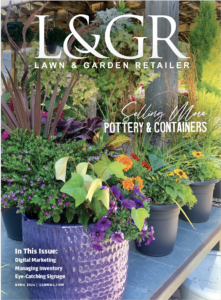
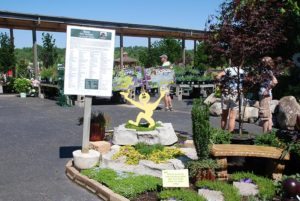
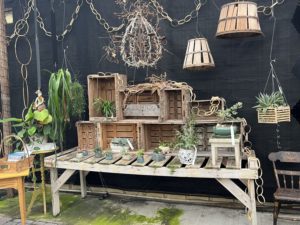
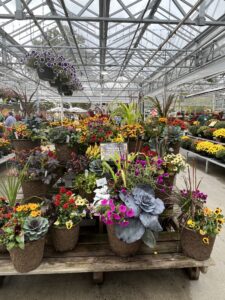
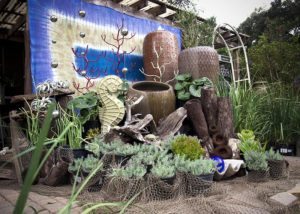
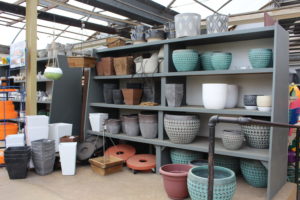
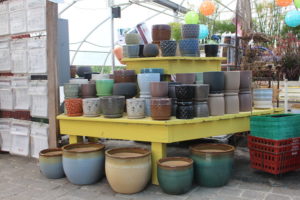
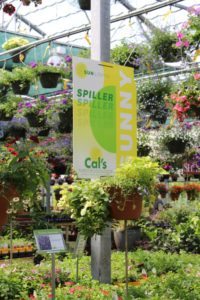
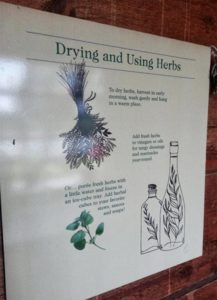



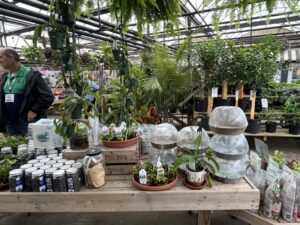
 Videos
Videos




